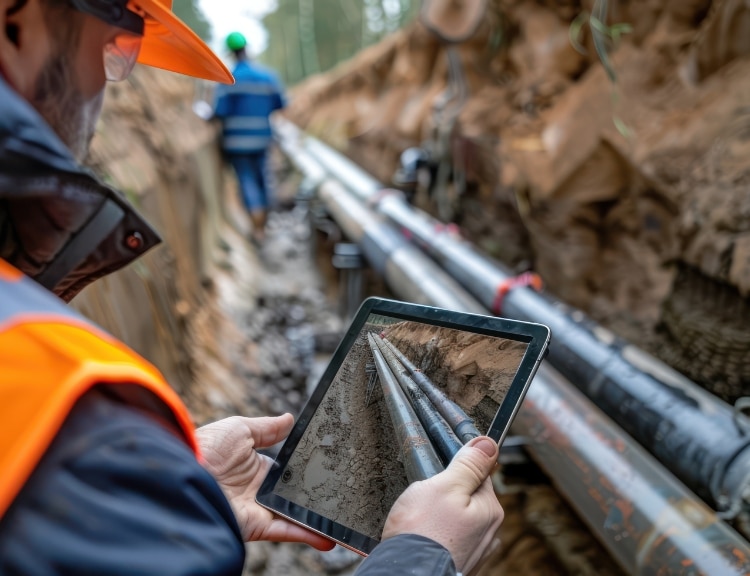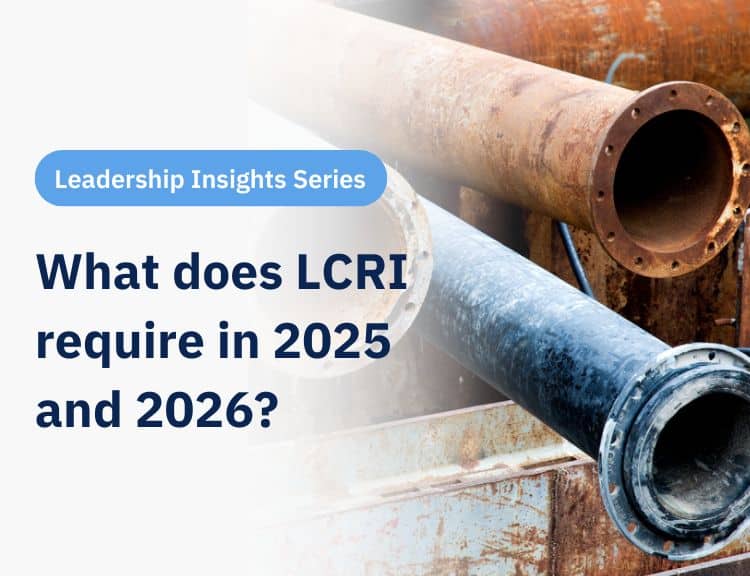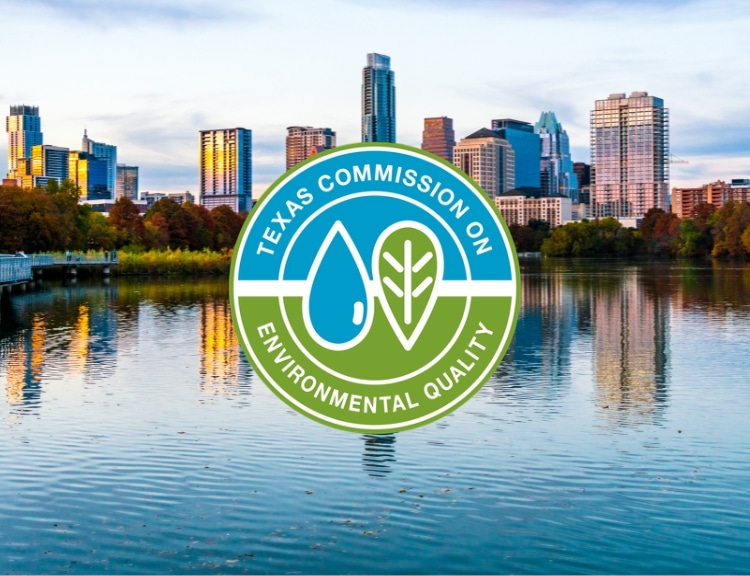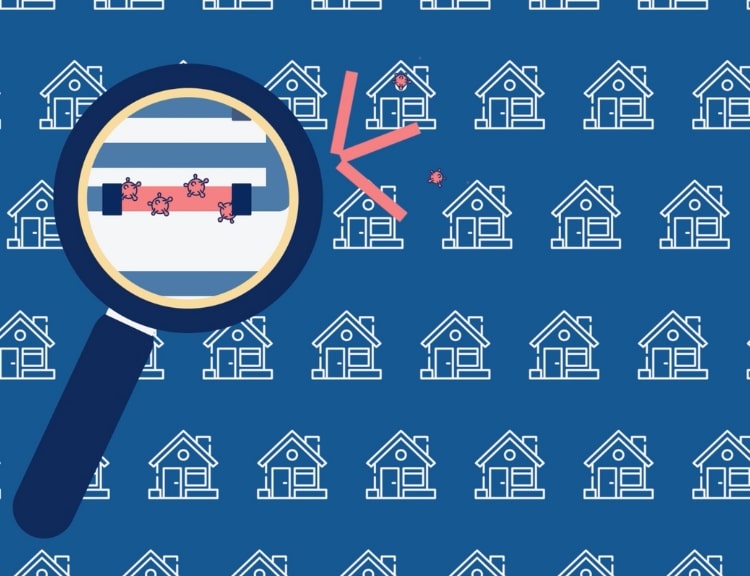Water systems across the US submitted their inventories to their state regulators as part of LCRR compliance on Oct. 16, 2024, and the first “real” hurdle is over. It may feel like the finish line, but it’s actually just the first step. Here’s why your service line inventory isn’t done:
New compliance requirements in effect
The inventory deadline was an outstanding requirement of the LCRR, first announced in 2021 with the anticipation that the EPA would release updated guidance around or after Oct. 16. Enter the Lead and Copper Rule Improvements (LCRI).
The LCRI, released in October 2024, mandates that utilities continually submit an annual inventory until there are no outstanding lines of unknown materials and all lead lines or GRR lines have been replaced. The guidance also mandates that, starting in 2027, utilities replace at least 10 percent of their lead or GRR lines each year within 10 years.
For water systems with lead, GRR, or lines of unknown status in their inventories, there are also annual customer notification requirements that must inform customers of the health risks of lead exposure. Water systems must also annually send customers notifications about the status of their lines, the health risks of lead exposure, and communicate replacement plans. Since lines of unknown status must be presumed lead until classified otherwise, it’s imperative that water systems find ways to quickly reduce the number of unknown lines.
Baseline inventory due in 2027
The October 2024 initial inventory submission deadline was just that – an initial inventory. It was designed to be part of a phased approach resulting in the completion of the baseline inventory, to be submitted in 2027, three years after the LCRI’s publication date. There are several new requirements for the baseline inventory that include:
- An update of the initial inventory due October 16, 2024 that includes all service lines and identified connectors connected to the public water distribution system, on both private and public side of the line.
- It must include service lines regardless of their use (e.g., fire suppression) or building occupancy.
- Street addresses for each service line must be included. If an address is unavailable, a unique location identifier like GPS coordinates may be used.
- Water systems must review available information to determine the material of each service line and categorize the materials as lead, non-lead, GRR, or lead status unknown.
- The baseline inventory must include the material categorization of each connector as lead, non-lead, unknown, or no connector present.
- The baseline inventory must be made publicly available and include instructions on how to access it. For water systems that serve more than 50,000 people, it must be available online.
Inventory requirements for non-lead systems
If you submitted your inventory with no lead, GRR or unknown lines, congratulations! You’re…still not done with your inventory. Utilities with non-lead lines must also meet validation requirements and visually verify lines classified as non-lead from historical records (excluding build date) or statistical methods from the validation pool. Enough lines must be validated to achieve a 95 percent confidence level using statistical methodology. For smaller systems, at least 20 percent of the non-lead lines must be validated. Water systems have until 2034 to complete these requirements.
Water systems that already used (or will use) statistical methods or predictive modeling to classify service lines as non-lead are eligible to apply for a waiver for this validation requirement, based on validation work that was already completed during the statistical modeling process.
Inventories are living documents and should be treated as such. What is the best way to quickly and accurately update these inventories without running out and digging up every line?
We recommend a statistical approach to this problem. Using statistical methods such as predictive modeling takes your existing data, plus a representative sample, and creates a model to provide segment-by-segment likelihood predictions for lead. Working within your state’s requirements as well as your own risk tolerance, predictive modeling helps water systems create thresholds to allow them to classify lines as lead, GRR or unknown with high accuracy and minimal digging.
What have we learned?
Remember, as long as you have lead, GRR, unknown materials and/or an outstanding validation requirement, you must continue to update your inventory. There are several compliance requirements for systems with and without lead including validation requirements, replacement requirements, and customer notification requirements. It’s critical for water systems to be able to accurately update their inventories with new data to effectively plan for notification requirements and replacements, where necessary. This will be an ongoing need for water systems until there are no outstanding unknown lines and all lead/GRR lines have been replaced. It’s not an easy or quick task, but one that can be made simpler with predictive modeling and statistical methods.





